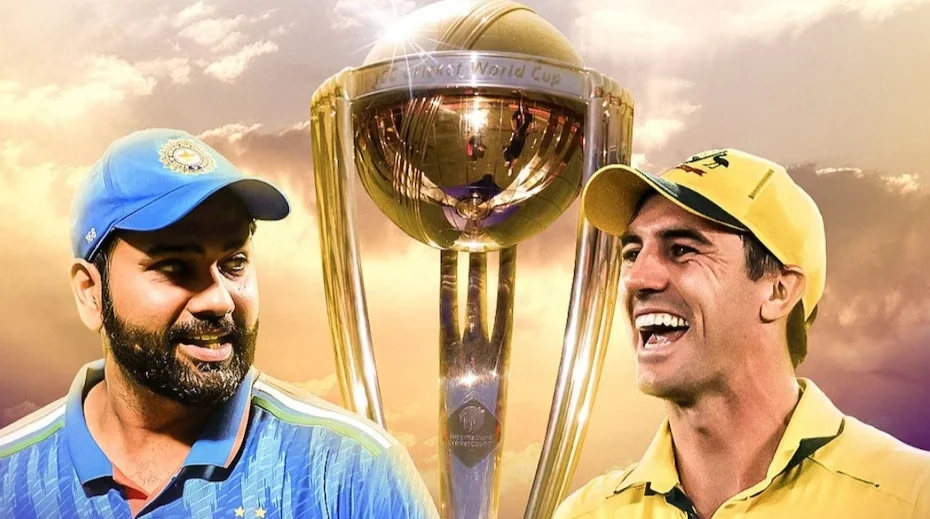



In the realm of international cricket, where every match is a spectacle, the low-key preliminary tournament between Australia and India for the T20 World Cup stands as a crucial juncture. This clash, often overlooked in the grand scheme of the tournament, carries its weight in shaping team dynamics, fan expectations, and the overall narrative of the competition.
As the cricketing world gears up for the T20 World Cup, the spotlight often bypasses the preliminary matches, overshadowed by the anticipation of the main event. However, understanding the significance of these preliminary clashes is vital, especially when powerhouse teams like Australia and India lock horns.
The T20 World Cup, a relatively recent addition to the cricketing calendar, has swiftly become a global phenomenon. It represents a condensed and electrifying version of the game, perfectly suited for the fast-paced, modern era of cricket.
Before delving into the specifics of the preliminary clash, let's take a moment to dissect the cricketing landscape of Australia. The Australian cricket team, known for its aggressive and competitive spirit, brings a rich history and a formidable track record to the tournament.
On the opposite side of the pitch, we have the Indian cricket team, a powerhouse in its own right. With a blend of seasoned players and emerging talents, India adds a layer of unpredictability to the T20 World Cup.
The term "low-key" doesn't diminish the importance of these preliminary matches; instead, it highlights the understated nature of these clashes that can often be deceptive. These matches set the tone, serving as a litmus test for teams and offering crucial insights into their form and strategy.
The choice of venue plays a pivotal role in shaping team strategies. Whether it's the bouncy pitches of Australia or the spinning tracks of India, understanding the conditions becomes imperative for both teams.
To comprehend the dynamics of the upcoming clash, we must scrutinize the teams' compositions. Starting with Australia, identifying key players and understanding their roles provides
Turning our attention to the Indian squad, a thorough analysis of key players and their roles unveils the strategy that India might employ. Understanding the strengths and weaknesses of individual players sets the stage for an intriguing match.
The history between Australia and India in T20 World Cups is a tapestry of memorable encounters. Exploring past matches provides context, highlighting standout performances and the ebb and flow of competition between these cricketing giants.

Leadership styles often mirror the team's approach on the field. Comparing the captaincy dynamics of both teams sheds light on the strategic decisions that will unfold during the match.
In the lead-up to the tournament, glimpses into Australia's and India's training camps provide a sneak peek into the tactical nuances each team is refining. The meticulous preparation gives fans a glimpse of the strategies that might unfold on match day.
Cricket, more than any other sport, is often decided by unexpected turns of events. Identifying the X-factors—players with the potential to single-handedly sway the match—adds an element of anticipation and excitement.
The heartbeat of any cricket match is the anticipation and expectations of the fans. Social media platforms buzz with predictions, debates, and a kaleidoscope of emotions as cricket enthusiasts from both nations engage in the virtual realm.
Media plays a pivotal role in building the narrative around the match. Pre-match analyses, expert opinions, and discussions in the cricketing fraternity contribute to the overall hype and drama leading to the showdown.
The specter of the ongoing global pandemic introduces a unique element. Adherence to COVID-19 protocols, empty stadiums, and the impact on players' mental and physical well-being become significant aspects of the tournament.
Beyond the boundaries, the clash between Australia and India is not just a cricketing spectacle; it's a commercial venture. Sponsorships, endorsements, and the business side of cricket contribute to the spectacle.
Cricket has often served as a diplomatic tool between nations. Cultural exchanges and friendly rivalry off the field contribute to the broader narrative of bilateral relations.
While the pandemic may restrict the in-person spectator experience, the virtual realm offers an alternative. The challenges of hosting live audiences and the innovative ways fans engage virtually redefine the cricket-watching experience.
As the dust settles after the clash, post-match analyses provide insights into the tactical maneuvers, standout performances, and areas for improvement. Expert opinions contribute to the ongoing cricketing discourse.
In conclusion, the low-key preliminary tournament between Australia and India is a microcosm of the T20 World Cup's grandeur. While the spotlight may shift to other matches in the tournament, this clash sets the stage for a cricketing spectacle that transcends boundaries and ignites the passion of fans globally.